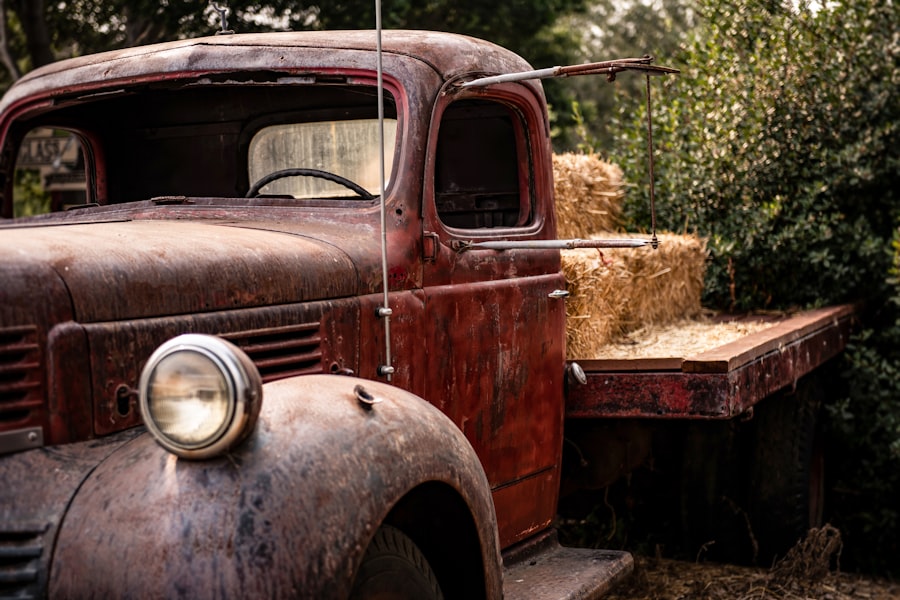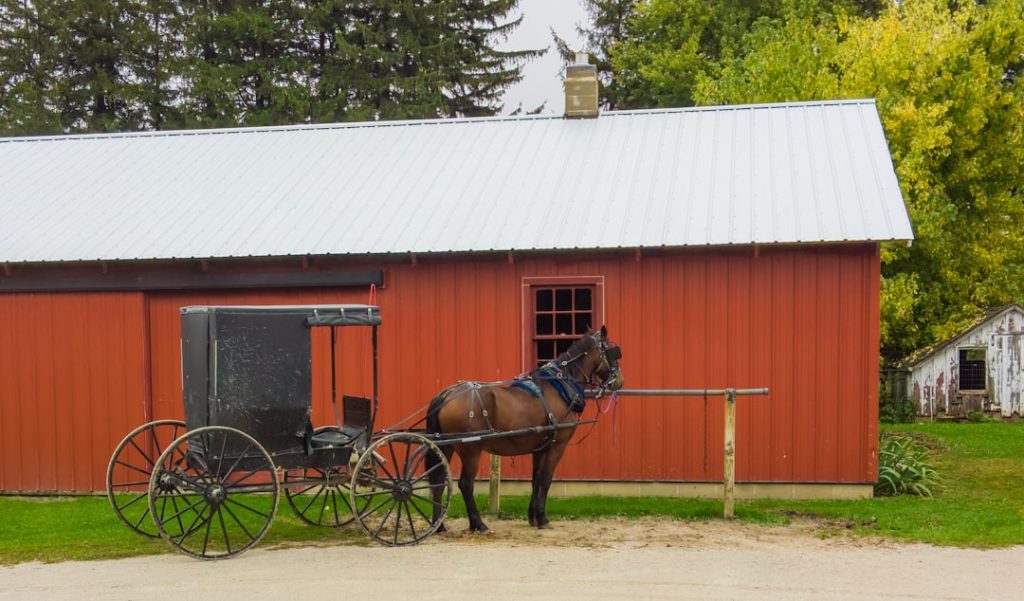Keeping bees and chickens together offers numerous advantages for both species and the environment. Bees and chickens can work synergistically in pest control. Chickens, being natural foragers, consume insects that may pose a threat to beehives, thereby reducing pest populations around the hives and creating a healthier environment for bees.
Conversely, bees benefit chickens by pollinating local plants, which can result in increased plant growth and a more diverse diet for the chickens. The combination of bees and chickens can also enhance productivity and sustainability. Bees play a crucial role in pollinating plants, including many crops that chickens consume.
The presence of bees on a property increases the likelihood of successful pollination, potentially leading to improved crop yields. Moreover, honey produced by bees can serve as a natural sweetener for human consumption and as a dietary supplement for chickens. This can decrease dependence on commercial sweeteners and supplements, promoting a more sustainable and self-sufficient operation.
Table of Contents
- 1 Creating a Suitable Environment for Bees and Chickens
- 2 Managing the Interaction Between Bees and Chickens
- 3 Ensuring the Health and Safety of Bees and Chickens
- 4 Harvesting and Using Products from Bees and Chickens
- 5 Potential Challenges of Keeping Bees and Chickens Together
- 6 The Rewards of Keeping Bees and Chickens Together
- 7 FAQs
- 7.1 Can bees and chickens coexist in the same space?
- 7.2 What are the benefits of keeping bees and chickens together?
- 7.3 What are the potential challenges of keeping bees and chickens together?
- 7.4 How can I ensure the safety of both bees and chickens when keeping them together?
- 7.5 Are there any specific considerations for keeping bees and chickens together in urban areas?
Key Takeaways
- Keeping bees and chickens together can increase pollination and pest control in the garden, leading to higher crop yields and healthier plants.
- Creating a suitable environment for bees and chickens involves providing adequate space, shelter, and access to food and water for both species.
- Managing the interaction between bees and chickens includes monitoring for any aggressive behavior and ensuring that the chickens do not disturb the beehives.
- Ensuring the health and safety of bees and chickens requires regular health checks, parasite control, and providing a clean living environment.
- Harvesting and using products from bees and chickens can provide a sustainable source of honey, eggs, and meat for personal consumption or sale.
- Potential challenges of keeping bees and chickens together include the risk of stings, disease transmission, and competition for resources.
- In conclusion, the rewards of keeping bees and chickens together include a more sustainable and productive homestead, as well as the enjoyment of observing and caring for these beneficial creatures.
Creating a Suitable Environment for Bees and Chickens
Providing for Bees
To keep bees happy and healthy, it’s essential to provide them with a diverse range of flowering plants to forage from. This can be achieved by planting a variety of flowers, herbs, and trees that bloom at different times throughout the year. Additionally, providing a water source, such as a shallow bird bath or a small pond, can help keep the bees hydrated, especially during hot weather.
Creating a Safe Haven for Chickens
For chickens, it’s crucial to provide a safe and comfortable coop with ample space for roosting and nesting. The coop should also be predator-proof to protect the chickens from potential threats.
Designing an Ideal Outdoor Space
In terms of outdoor space, providing a fenced area for the chickens to roam freely while still being protected from predators is important. This outdoor space should also include areas of shade, dust baths, and access to fresh grass and insects for foraging. When designing the environment for both bees and chickens, it’s essential to consider their individual needs while also creating opportunities for them to interact in a positive way.
Managing the Interaction Between Bees and Chickens

Managing the interaction between bees and chickens is essential to ensure the well-being of both species. One way to facilitate positive interaction is by strategically placing the beehives and chicken coop in relation to each other. For example, placing the beehives near the chicken coop can allow the chickens to benefit from the pollination activities of the bees while also providing some level of protection for the hives from potential predators.
It’s also important to consider the behavior of both bees and chickens when managing their interaction. For example, some chicken breeds may be more aggressive towards bees, while others may be more curious or indifferent. Observing the behavior of both species and making adjustments as needed can help create a harmonious environment for both bees and chickens.
Additionally, providing barriers such as fences or vegetation can help create separation between the two species while still allowing for some level of interaction.
Ensuring the Health and Safety of Bees and Chickens
Ensuring the health and safety of both bees and chickens is paramount when keeping them together. For bees, regular hive inspections can help identify any potential issues such as disease or pest infestations. Providing a clean and well-maintained hive with adequate ventilation can also contribute to the overall health of the bee colony.
Additionally, monitoring the surrounding environment for any potential hazards such as pesticide use or other chemical exposures is important for bee health. When it comes to chickens, maintaining a clean and dry coop is essential for preventing disease and parasites. Regularly cleaning out bedding, providing fresh water, and ensuring proper ventilation can contribute to the overall health of the flock.
It’s also important to provide a balanced diet for the chickens, including access to grit for digestion and supplemental calcium for egg-laying hens. Monitoring the flock for any signs of illness or injury and providing prompt veterinary care when needed is crucial for ensuring their well-being.
Harvesting and Using Products from Bees and Chickens
Harvesting products from both bees and chickens can provide a variety of resources for personal use or potential income generation. From bees, honey is one of the most valuable products that can be harvested. Depending on the size of the bee colony and the availability of nectar sources, honey production can range from a few pounds to several gallons per year.
Beeswax is another valuable product that can be harvested from the hives and used for making candles, soaps, and other natural products. From chickens, eggs are one of the most common products that can be harvested on a regular basis. Depending on the breed and age of the hens, egg production can range from a few eggs per week to nearly one egg per day.
In addition to eggs, chicken meat can also be harvested for personal consumption or potential sale. Feathers from molting chickens can be collected and used for various crafts or sold to crafters for use in their projects.
Potential Challenges of Keeping Bees and Chickens Together

Managing Conflicts Between Bees and Chickens
While keeping bees and chickens together can provide numerous benefits, there are also potential challenges that need to be considered. One challenge is managing the potential conflicts between bees and chickens. Some chicken breeds may be more aggressive towards bees, which can lead to stress or harm to the bee colony.
Potential Health Issues
Additionally, bees may become agitated by the presence of chickens near their hives, which can lead to defensive behavior such as stinging. Another challenge is managing potential health issues that may arise from keeping bees and chickens together. For example, some bee diseases can be transmitted to other insects or animals in close proximity.
Monitoring and Preventing Disease Transmission
It’s important to monitor both bees and chickens for any signs of illness and take appropriate measures to prevent the spread of disease between the two species.
The Rewards of Keeping Bees and Chickens Together
In conclusion, keeping bees and chickens together can provide a wide range of benefits for both animals and their caretakers. From pest control and increased productivity to harvesting valuable products such as honey and eggs, there are numerous rewards to be gained from integrating these two species on a single property. While there are potential challenges to consider, with proper management and care, keeping bees and chickens together can create a harmonious and sustainable environment that benefits both species and contributes to a healthier ecosystem overall.
Whether for personal enjoyment or as part of a larger agricultural operation, the rewards of keeping bees and chickens together are plentiful and worth exploring for those interested in sustainable living practices.
If you’re interested in keeping bees and chickens together, you may also want to check out this article on chicken coop trampoline for some innovative ideas on how to keep your chickens entertained and healthy. Creating a stimulating environment for your chickens can also benefit the bees in your backyard ecosystem.
FAQs
Can bees and chickens coexist in the same space?
Yes, bees and chickens can coexist in the same space. However, it is important to carefully plan and manage their cohabitation to ensure the safety and well-being of both species.
What are the benefits of keeping bees and chickens together?
Keeping bees and chickens together can have several benefits. Bees can help with pollination, which can improve the yield of fruits and vegetables in the area. Chickens can also benefit from the presence of bees, as they can feed on the insects and larvae that the bees attract.
What are the potential challenges of keeping bees and chickens together?
One potential challenge of keeping bees and chickens together is the risk of bee stings to the chickens. It is important to provide the chickens with a safe and secure area away from the beehives to minimize this risk. Additionally, chickens may disturb the beehives, so careful planning and management are necessary to prevent any conflicts between the two species.
How can I ensure the safety of both bees and chickens when keeping them together?
To ensure the safety of both bees and chickens when keeping them together, it is important to provide separate and secure areas for each species. This can include placing the beehives in an elevated location that is inaccessible to the chickens, as well as providing the chickens with a secure coop and run to protect them from bee stings.
Are there any specific considerations for keeping bees and chickens together in urban areas?
In urban areas, it is important to be mindful of local regulations and ordinances regarding the keeping of bees and chickens. Additionally, neighbors should be informed and consulted to ensure that they are comfortable with the presence of bees and chickens in the area. Proper management and maintenance of the beehives and chicken coop are also essential to minimize any potential nuisances.
Meet Walter, the feathered-friend fanatic of Florida! Nestled in the sunshine state, Walter struts through life with his feathered companions, clucking his way to happiness. With a coop that’s fancier than a five-star hotel, he’s the Don Juan of the chicken world. When he’s not teaching his hens to do the cha-cha, you’ll find him in a heated debate with his prized rooster, Sir Clucks-a-Lot. Walter’s poultry passion is no yolk; he’s the sunny-side-up guy you never knew you needed in your flock of friends!







